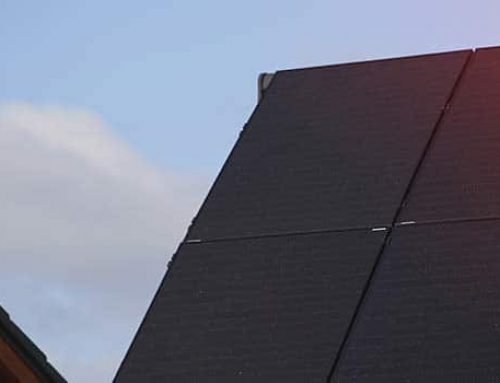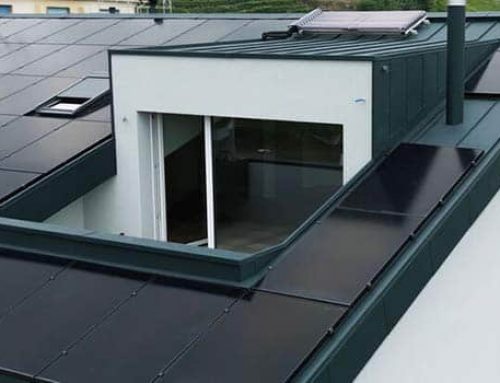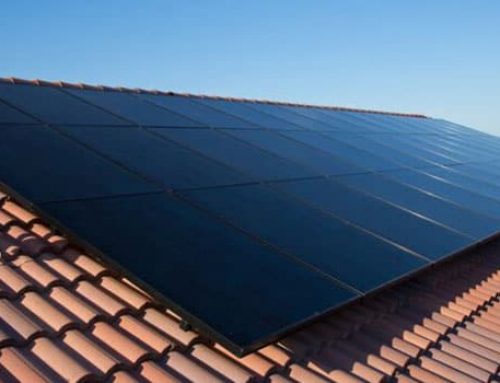Solar panels have become an increasingly popular choice for homeowners and business owners in Adelaide.
You might be thinking about making the switch to renewable energy too. Or, you’re already enjoying the advantages of clean, renewable energy. Whatever stage you’re in, it’s critical you know how to track your system’s output.
Although Adelaide offers an ideal environment for renewable power generation, you need to stay on top of your solar system to ensure its operating at peak efficiency. That’s why monitoring your solar panel output is key to ensure you’re receiving the full ROI possible.
Wondering how to measure system output? We’ve got you covered.
In this article, we’ll explore how you can make sense of your numbers and make data-driven decisions with confidence.
Looking to learn more? Explore our most popular resources:
1. Choose a Monitoring System
The first step in monitoring your solar panel output is selecting a suitable monitoring system.
There are various options available, ranging from basic monitoring tools provided by your installer to more advanced third-party monitoring systems. These systems can provide real-time data on your renewable energy production, allowing you to keep a close eye on their performance.
2. Real-Time Monitoring Software
Real-time monitoring software is an excellent choice for homeowners who want instant access to their data.
These platforms often come with user-friendly interfaces accessible through your computer or mobile device. You can track your energy production on a daily, weekly, or even hourly basis. This data can help you identify any sudden drops in output, which could indicate a problem with your panels or system.
3. Energy Consumption Comparison
Many monitoring systems also allow you to compare your renewable energy production with your household’s energy consumption. This feature provides valuable insights into how much of your energy needs are being met by your solar panels. It can also help you adjust your energy usage patterns to make the most of your renewable energy during peak production hours.
Explore our most popular systems:
4. Alerts and Notifications
Advanced monitoring systems can be set up to send you alerts and notifications. These alerts can range from simple production updates to more urgent warnings if there’s a significant decrease in your solar panel output. Being promptly informed about any issues ensures that you can take quick action and prevent potential problems from escalating.
5. Regular Data Analysis
Monitoring your solar panel output isn’t a one-time task—it requires regular attention. Make it a habit to review your data periodically. Look for trends over weeks and months to identify any long-term decline in performance. This proactive approach can help you address minor issues before they become major problems.
6. Professional Inspections
While monitoring systems provide a great deal of information, they might not catch every potential problem. It’s a good idea to schedule professional inspections of your system at least once a year. This allows trained technicians to perform a thorough assessment, checking for any physical damage, loose connections, or efficiency issues that monitoring software might miss.
7. Weather and Seasonal Variations
Adelaide’s weather can vary significantly throughout the year, impacting your solar panel’s output. Cloudy days, rain, and other weather conditions can temporarily decrease your energy production. Monitoring your solar panel output can help you understand these fluctuations and plan your energy usage accordingly.
8. Maintenance and Cleaning
Regular maintenance and cleaning can have a substantial impact on your panel’s performance. Dust, dirt, and debris can accumulate on the panels, reducing their efficiency. Monitoring your panel’s output can help you notice a sudden drop in performance, which might indicate that it’s time for a thorough cleaning.
9. Data Interpretation
Monitoring systems provide a wealth of data, but it’s essential to know how to interpret it. If you’re not familiar with the technical aspects of solar panel systems, don’t hesitate to reach out to professionals for guidance. They can help you understand your system’s performance data and advise you on necessary actions.
10. Remote Monitoring and Smart Systems
Advancements in technology have brought about the rise of remote monitoring and smart systems. These innovative solutions allow you to monitor your solar panel output from anywhere with an internet connection. You can use dedicated apps or online platforms to access real-time data and receive notifications on your smartphone or computer. Some smart systems even incorporate artificial intelligence to predict potential issues based on historical data and weather patterns, providing you with insights that go beyond basic monitoring.
11. Community and Online Resources
Online forums, social media groups, and local workshops can be valuable resources for learning about effective monitoring techniques specific to the region. Engaging with the community can provide you with tips, tricks, and best practices that might not be readily available through other channels.
Measuring Your Solar Output is Easy With These Steps
Monitoring your solar panel output is a vital aspect of ensuring that your system functions optimally.
By choosing the right monitoring system, regularly analysing the data, and taking proactive steps to address any issues, you can make the most of your investment.
With abundant sunlight in Adelaide, harnessing renewable energy can significantly benefit both your wallet and the environment. Moreover, the advancements in remote monitoring and the wealth of online resources available make it easier than ever to stay on top of your panel’s performance.
Remember, a well-maintained system is a gateway to sustainable and cost-effective power for years to come.
Looking to learn more? Get in touch with a member of our team on (08) 7120 6377 or request an obligation-free quote online.






